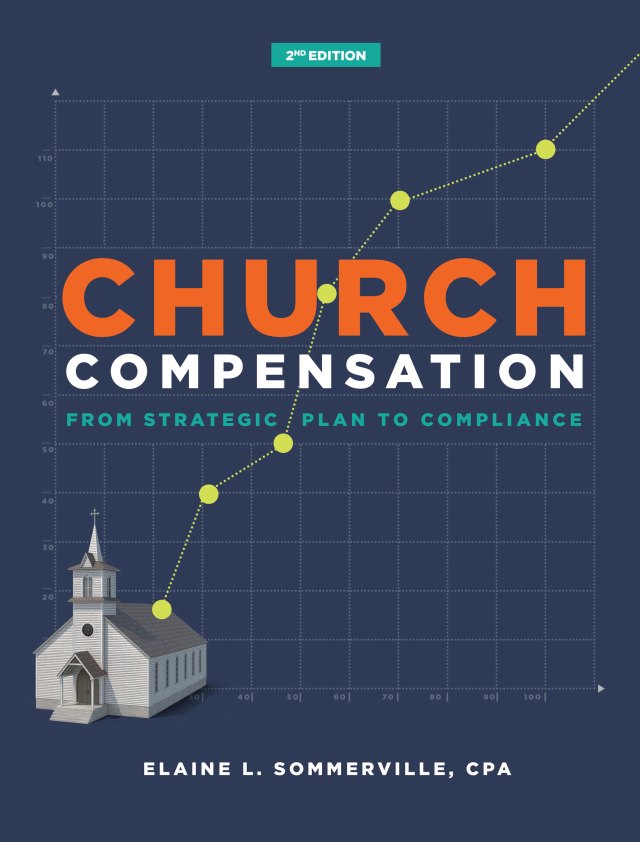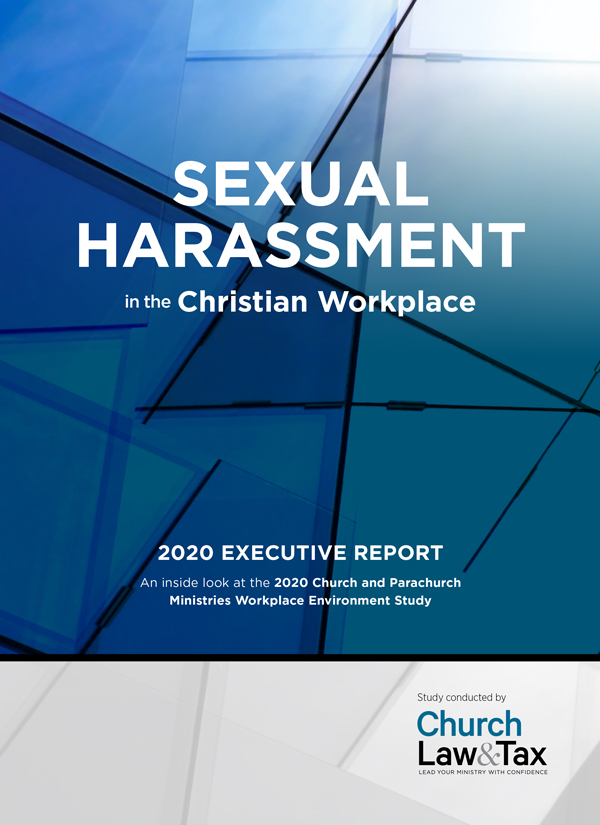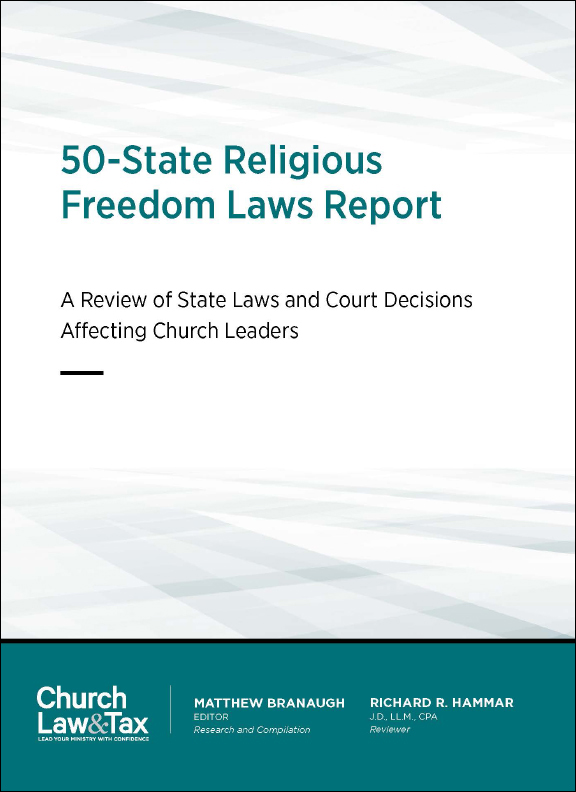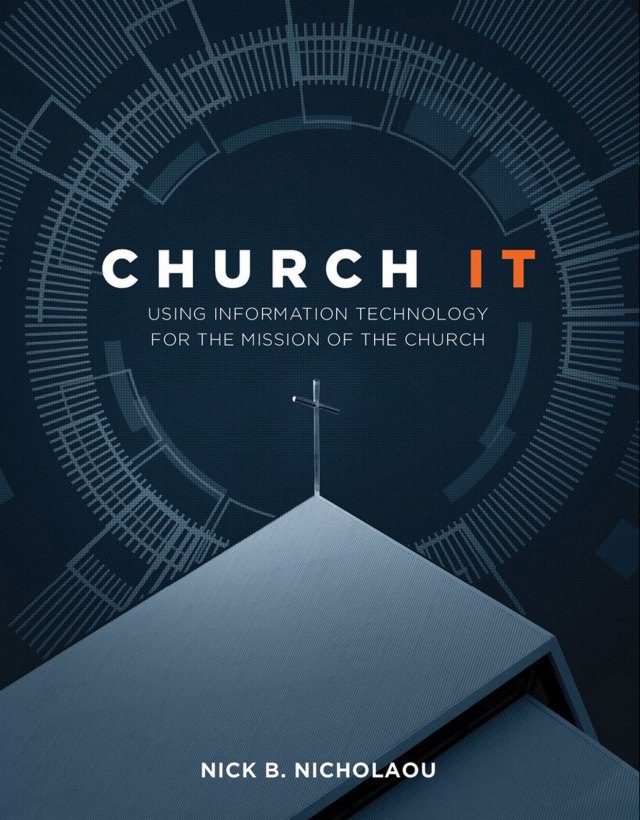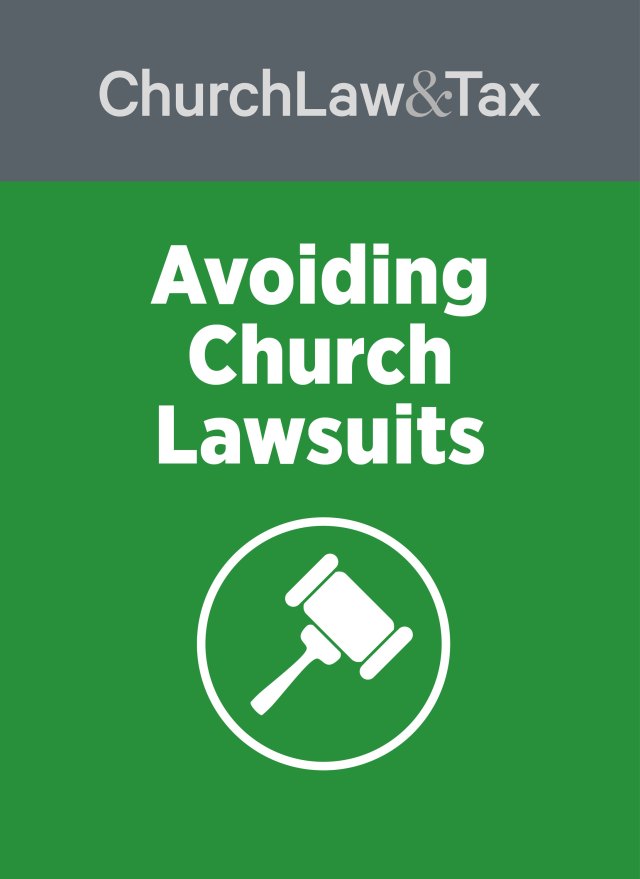President Trump has signed the Families First Coronavirus Response Act (“Act”), the second significant federal law addressing the COVID-19 pandemic.
It is designed to provide paid leave to cushion employees who cannot work due to certain virus-related circumstances. The Act accomplishes this by both: (1) amending the Family and Medical Leave Act (FMLA) to expand family and medical leave; and (2) establishing new paid sick leave mandates.
This Q&A summarizes the Act, which takes effect on April 1, 2020. These new provisions are temporary and will expire at the end of 2020. The US Department of Labor’s Wage and Hour Division has now issued a tempoary rule laying out the regulations the Act must follow for the remainder of the year, including the recordkeeping requirements employers must keep.
What changes does the Act make to family and medical leave?
Section C of the Act (the “Emergency Family and Medical Leave Expansion Act”) expands family and medical leave under the FMLA. Section E (the “Emergency Paid Sick Leave Act”) establishes a new paid sick leave entitlement. The Act requires employers, for the first time, to provide workers paid leave, albeit only in limited circumstances.
Emergency Family and Medical Leave Expansion Act
Does the Act apply to nonprofits and religious organizations?
The FMLA generally applies to all employers that meet the coverage tests, whether commercial, for profit, nonprofit, or charitable. The Act does not alter that scope. However, employees of religious organizations who are “ministers” may be exempt under the so-called ministerial exception to employment laws.
When is paid leave required?
The Act amends the FMLA by adding a new Section 110, which adds “public health emergency leave” (FMLA+) to the types of FMLA-leave qualifying employees may take. The Act does not require existing types of FMLA leave to be paid leave.
Does the Act change which employers are covered by the FMLA?
The FMLA normally applies to employers with 50 or more workers. The FMLA+ leave provisions apply to employers with fewer than 500 employees. That includes employers with fewer than 50 workers. Employers must count employees who are on leave to determine whether they have fewer than 500 employees.
Does the Act change which employees the FMLA covers?
Yes. Employees are eligible (assuming their employer is covered) if they have worked for their employer for at least 30 calendar days. This includes part-time workers.
What is FMLA+?
FMLA+ leave is leave taken because of a “qualifying need related to a public health emergency,” which means that an employee is unable to work (or telework) due to a need for leave to care for his or her son or daughter (under 18 years old) if the child’s school or place of care has been closed, or the child’s care provider is unavailable, due to a public health emergency.
What is considered a “public health emergency?”
The term “public health emergency” means an emergency with respect to COVID-19 declared by a federal, state, or local authority. President Trump declared a national emergency on March 13.
When must FMLA+ leave need be paid leave?
An employee’s first 10 days of qualifying leave may be unpaid. During that period, an employee can choose to substitute any available employer-provided accrued paid leave, but the employer may not require the employee to use accrued paid leave. Additional qualifying leave after 10 days would have to be paid at a rate of at least two-thirds of the employee’s normal wage and on the assumption that the employee is working a normal schedule. Up to twelve weeks of FMLA+ leave is available.
Are there any limits on the amount of paid FMLA+ leave?
Yes. The maximum per employee is $200 per day and $10,000 in total.
What if the employee does not work the same schedule from week to week?
For employees whose schedule various from week to week to such an extent that the employer is unable to determine with certainty the number of hours the employee would have worked during leave, pay may be based upon the average number of hours the employee was scheduled to work per day during the previous six months. For recent hires, pay may be based upon the employee’s reasonable expectation at the time of hiring of the average number of hours per day the employee would be scheduled to work.
Do employees have to provide advance notice to employers before taking FMLA+ leave?
Yes, but only where the need for leave is foreseeable. Even then, employees must only provide employers with as much advance notice as is practicable.
Emergency Paid Sick Leave Act (EPSLA)
What does the EPSLA do?
The EPSLA is stand-alone legislation, rather than an amendment to the FMLA. It requires employers to provide emergency paid sick (EPS) leave in covered situations.
Does the EPSLA cover the same employers and employees as the FMLA?
The EPSLA and FMLA+ leave provisions cover the same group of employers. The EPSLA covers every worker, not just those who have been on the job for a certain length of time.
When is leave required under the EPSLA?
In six situations—specifically, when an employee is absent because he or she:
- is subject to a federal, state, or local quarantine or isolation order related to COVID-19;
- has been advised by a health care provider to self-quarantine due to concerns related to COVID-19;
- is experiencing symptoms of COVID-19 and seeking a medical diagnosis;
- is caring for an individual who (a) is subject to a federal, state, or local quarantine or isolation order related to COVID-19; or (b) has been advised by a health care provider to self-quarantine due to concerns related to COVID-19;
- is caring for a son or daughter of such employee if the school or place of care of the son or daughter has been closed, or the childcare provider of such child is unavailable, due to COVID-19 precautions; or
- is experiencing any other substantially similar condition specified by the Secretary of Health and Human Services.
- How much paid leave may employees receive?
- Employees must receive their regular rate of pay for leave caused by events 1, 2, or 3, above. They receive two-thirds of their regular rate of pay for leave caused by events 4, 5, or 6. In general, employees must receive the pay they would have gotten based on the hours they “would otherwise be normally scheduled to work” at their regular rate of pay. The limit for full-time employees is 80 hours. For part-time employees, the limit is the average number of hours the employee works in a two-week period. These requirements are subject to maximum limits, which vary based on the type of situation. These limits are $511 per day and $5,110 in total for events 1, 2, and 3, above. The limits are $200 per day/$2,000 in total for events 4, 5, and 6, above.
- Can employers require employees to use other accrued sick leave provided by an employer before using the leave under EPSLA?
- No. Employees may elect to use emergency paid sick leave first. The law prohibits employers from requiring employees to use other paid leave provided by the employer before the employee uses leave under the EPSLA.
- Are there other provisions employers should know about?
- Yes, but they do not require immediate action. For example, employers must post a Notice of Employee Rights prepared by the Department of Labor. In addition, the law prohibits retaliation against workers for taking leave or filing a complaint to enforce the law. Finally, the Act includes enforcement penalties should an employer fail to pay mandated sick leave. The labor department has announced that it will not seek penalties against employers for any violations of the Act occurring through April 18, 2020, so long as the employer has made reasonable, good-faith efforts to comply.
- The Act has raised many questions, and some common questions beyond the summary above are provided in the sidebar. The sidebar also discusses the Act’s effect on health plans. Please contact us if you have questions about the Act’s specific application to your workplace.
- Health plans
- Should we change our FMLA policies?
- The Act’s amendments to the FMLA are temporary. Future near-term federal legislation may incorporate additional changes. We suggest that employers prepare and distribute addenda to their leave policies, noting that policy provisions covering additional leave will automatically expire.
- Can we provide pay and benefits more generous than the Act requires?
- Absolutely, and most of our clients are doing so. Part-time and hourly workers are most vulnerable to unexpected payroll hits, and they can be protected with guaranteed pay for hours worked at home, bonuses, and paid sick leave that goes beyond the Act’s requirements. Keep in mind that these changes must be deliberately considered; promising an hourly worker a bonus, for example, likely will increase his or her effective hourly wage, and any overtime pay would need to be based on that enhanced regular rate of pay.
- Does the Act impact state and local family and medical leave obligations?
- No. Absent changes to state and local laws, those laws remain in place. In this area of the law, federal legislation does not supplant state and local laws, so they remain in force. If the laws differ, workers are entitled to the most favorable benefits and protections
- What will the Act require for employer-sponsored health plans?
- The Act will require group health plans and health insurers to provide coverage for COVID-19 diagnostic testing and items and services furnished during an office, telehealth, urgent care center, or emergency room visit to the extent those items and services relate to the furnishing of the test or the evaluation of the individual’s need for the test. Coverage must be provided without cost-sharing (such as deductibles, copayments, and coinsurance), prior authorization, or other medical management requirements. The coverage requirement is effective on the date of enactment and continues until the Secretary of DHHS determines that the public health emergency has ended.
- We are aware that some third-party administrators are proposing to provide COVID-19-related coverage on a retroactive basis. Plan sponsors will want to confirm that the coverage administered by their third-party administrator satisfies any requirements under the Act and, if additional coverage is provided, that it is consistent with the plan sponsor’s intent.
- Are there other considerations for high deductible health plans (HDHP)?
- The Act does not address HDHPs. However, in Notice 2020-15, the IRS announced that HDHPs are permitted to pay for “medical care services and items purchased related to testing for and treatment of COVID-19” before the deductible is satisfied. Other services currently remain subject to HDHP requirements. Sponsors of HDHP plans will want to confirm that any extension of pre-deductible coverage is consistent with the IRS announcement and any subsequent guidance.
- Danny Miller is a partner in the Washington, D.C., office of Conner & Winters, LLP, and is a member of the firm’s employee benefits group. He has practiced in the employee benefits area since graduating from law school in 1974. He is an advisor-at-large for Church Law & Tax.
- Donn Meindertsma is a partner in the Washington, D.C., office of Conner & Winters, LLP, and specializes in employment law.

